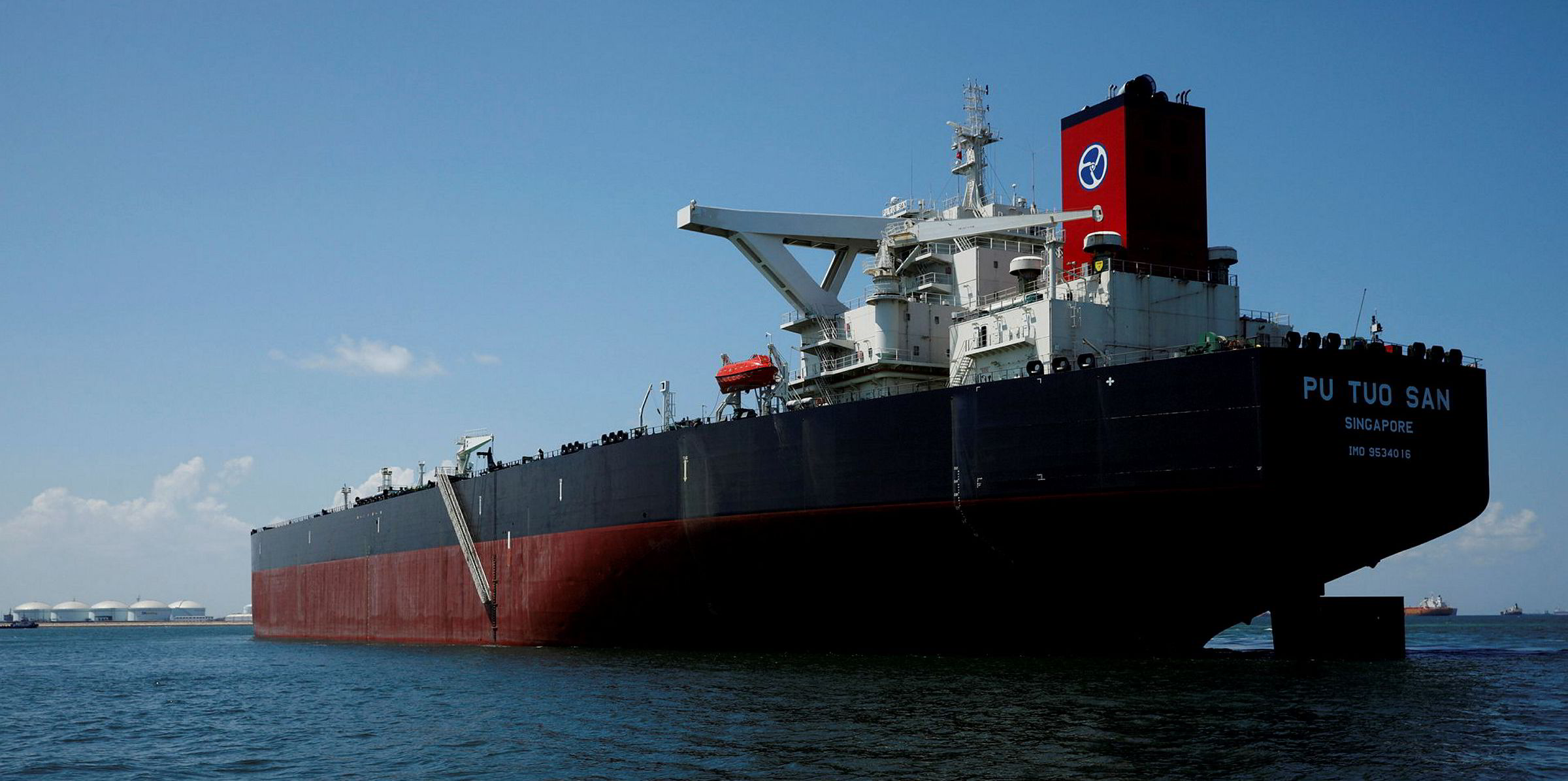Delays in scrubber installations, time-consuming barge cleaning and insufficient supply of compliant fuel are leading to chaos in the bunker market, where the discount of high-sulphur fuel oil (HSFO) to 0.5%-sulphur fuel will widen to $400 per tonne in January, according to consultancy Alphatanker.
Based on IMO rules, nearly all vessels will need to switch from HSFO to new grades of 0.5%-sulphur fuel or marine gasoil (MGO) from January, unless they are installed with scrubbers.
“The underwhelming number of scrubber installations and the overhang into 2020 suggests that, from January, [HSFO] demand will plummet more steeply than initially expected,” Alphatanker said in its weekly note.
“On the other hand, we see continued upside for compliant fuel prices, especially VLSFO (very low-sulphur fuel oil, referring to 0.5%-sulphur fuel).”
Alphatanker has anticipated HSFO price to fall below $200 per tonne in Rotterdam next month and VLSFO to trade at about $600 per tonne. According to Ship & Bunker, HSFO price was nearly $273 per tonne as of Wednesday and VLSFO price was $569 per tonne.
“This $400-per-tonne spread should signal peak chaos in bunker markets,” Alphatanker said.
Scrubber delays
The prediction has come amid widespread reports of delays in scrubber installations due to limited yard capacity, shortage of materials and skilled labour, among other reasons.
“Although scrubber retrofitting has accelerated over recent months, it is apparent that delays are mounting,” said Alphatanker.
According to BRS, out of the 1,140 tankers due to be fitted with scrubbers, including newbuilding projects, only 431 tankers had completed their installations as of 16 December.
Just 445 bulkers had finished their scrubber installations against 1,181 ships in the orderbook.
As for the container sector, 270 of the 903 boxships in the orderbook had completed installations.
Taking all sectors into account, BRS, which owns Alphatanker, suggested nearly 1,600 vessels would be fitted with the exhaust gas cleaning technology by January. This compared with 3,794 ships in the orderbook.
“We also expect that eventually there will be almost 4,000 ships equipped with scrubbers but some of these will be installed as late as 2022,” Alphatanker said.
50% of barges out of service
Sharing similar opinions to many industry players, Alphatanker pointed out that the unavailability of bunker barges due to tank cleaning is wreaking havoc on bunker operations across the globe.
“It is apparent that some barges were cleaned earlier in the fourth quarter but that up to 50% of the global bunker barge fleet will be taken out of service during December for cleaning,” Alphatanker said.
“This has led to waiting times in port soaring over recent weeks, although we believe that the vast amount of barges will be back in service by late-month.”
According to earlier reports, limited barge availability led to long queues for refuelling for shipowners and higher bunkering costs in recent weeks.
Low VLSFO supply
Moreover, Alphatanker estimated that the delays in scrubber installations would lead to higher-than-expected demand for IMO 2020-compliant fuel, as vessels that could not complete installations by January would need to consume MGO or VLSFO first.
“There will not be enough VLSFO…to satisfy the needs of shipowners and they may need to bunker with MGO instead,” Alphatanker said.
While demand for VLSFO may amount to 2.4m barrels per day (bpd) on average in 2020, global production is likely to be “significantly below” 2m bpd at the beginning of the year, according to Alphatanker.
“Many refiners are not in a position to begin supplying VLSFO until later in the first quarter of 2020 or later,” the consultancy said.







